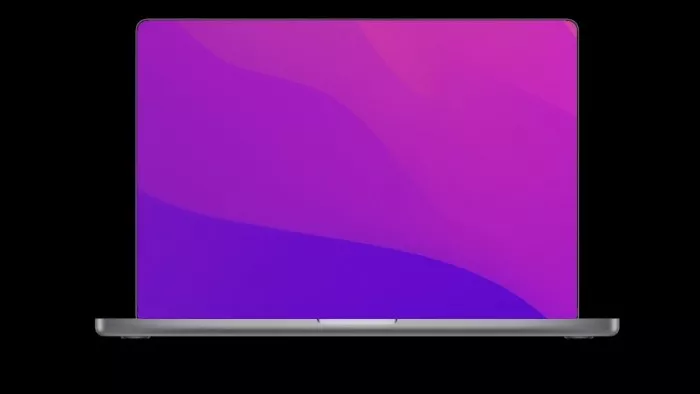Apple is studying technology and technology to completely eliminate the borders of 14 inch macbook pro and 16 inch MacBook Pro After years of complaining about the thick borders on the MacBook Pro screen, apple cut them on the 14 inch macbook pro and 16 inch MacBook Pro.
In fact, apple even pushed the top of the screen up, so except for a central area, the screen was higher and the top border was thinner than ever. However, this does not satisfy some people. This central area is called a groove. Some people object to it and think it looks like iPhone That erodes the display area.

To be sure, objections to gaps have led to the development of applications that hide gaps. But maybe apple is listening, too, because new research shows that someone at the company has "accepted the challenge". "Hybrid architecture of zero border display" is a new patent granted to apple, involving the complete elimination of borders.
The patent details focus on the rows and columns of pixels, so it is conceivable that Apple's "borderless" refers to a system that arranges them more closely together. However, the key part of the patent clearly shows that its intention is to manufacture a display screen that is not limited by the reason we now have a frame. Apple calls the proposed solution a "tile based" display. In some embodiments, the tile based display panel may include an arrangement of pixel driving chips to drive the local matrix of pixels in the local passive matrix (LPM).

Apple said that compared with the direct drive method, in which each pin of the pixel driver is connected to an LED, the LPM arrangement according to the embodiment can greatly reduce the silicon area associated with the pixel driver and the peak current of the panel. Maybe the whole screen can use this "local passive matrix" method, but it is more likely to be a literal edge case. One MacBook Pro can use ordinary display screen in most of its surface area, but use passive matrix scheme where there is frame now.
The patent then focused on the method of interleaving pixels to achieve the highest quality, but it did not directly solve the quality problem. Passive matrix surround seems unlikely to provide the same bright performance as an ordinary main display, but maybe it can be used in the menu bar.